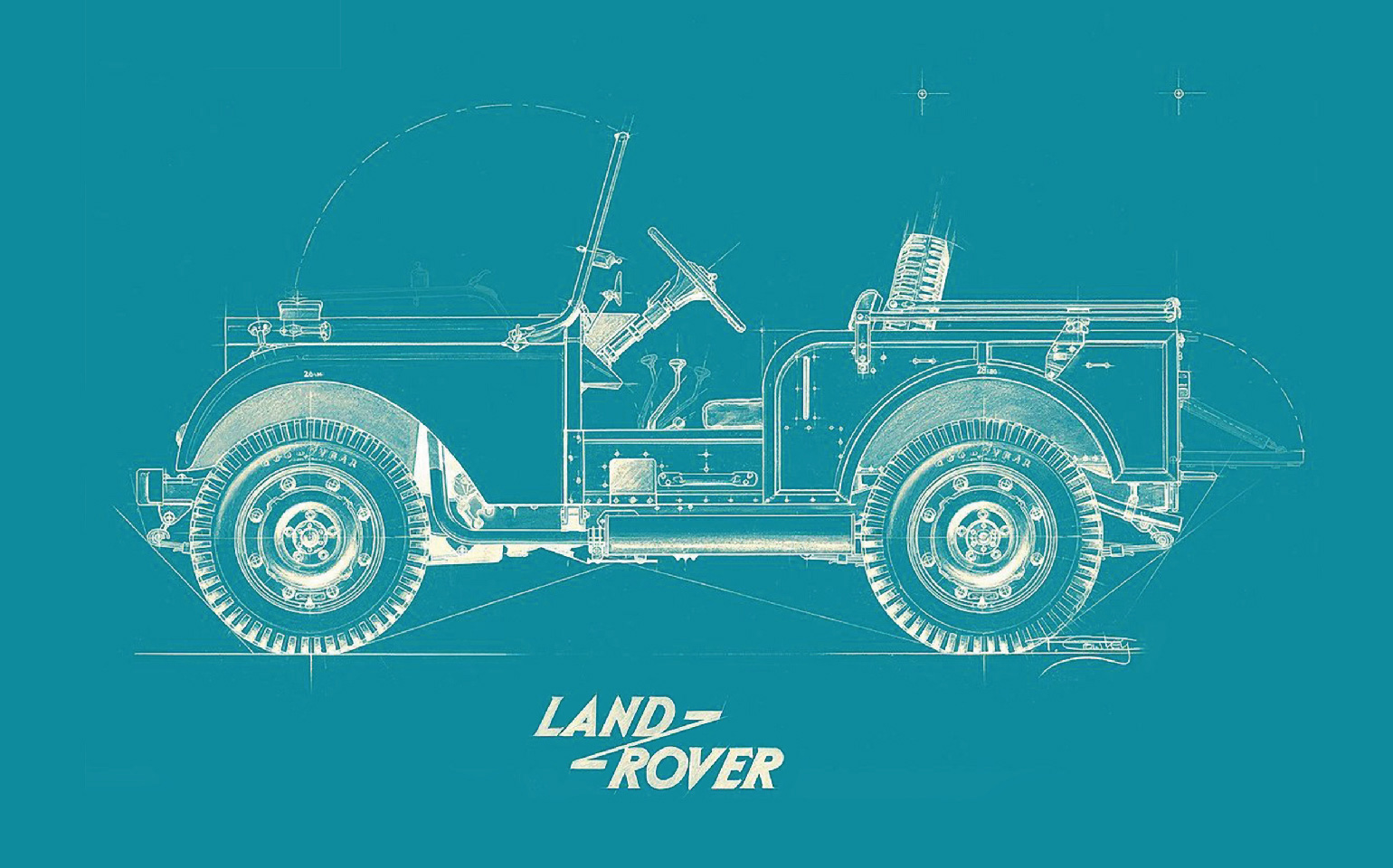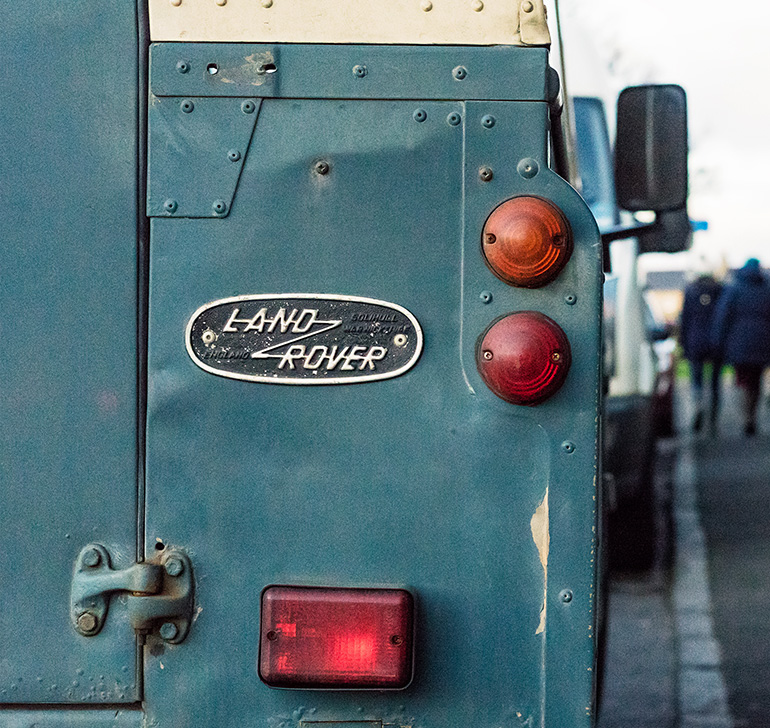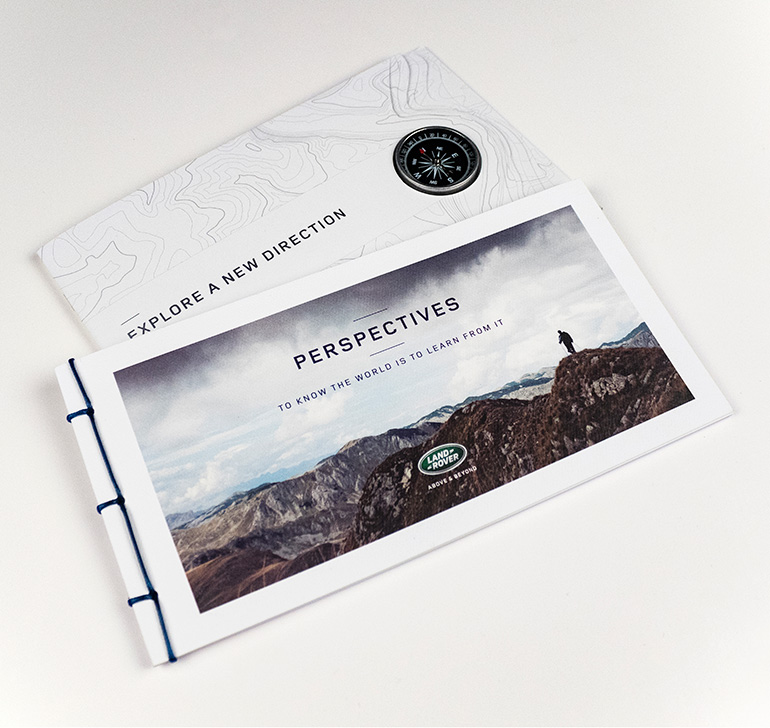“Most brands fail. Not in the design. They fail in the delivery. To achieve brand traction, companies must first win the hearts and minds of their employees. Of whom fewer than 1/3 know how their job affects brand success.
Brands must escape the communication silo, using targeted internal marketing campaigns. That coordinate relevant behaviors across 100s of brand touchpoints. That empower brand ambassadors, convert agnostics, and weed out antagonists. Across the entire organization. Because ultimately, people—not advertising—deliver the brand. And the bottom line.”
— Nader Tavassoli, Professor of Marketing, London Business School
Professor Tavassoli is talking about creating moments that matter for the brand. Moments where the exchange of brand is abundant. Daily communications are full of openings that can be imbued with branded content, creating brand touchpoints. These moments become brand experiences. But brand experiences begin at home. They begin with your employees. Internally. They influence behavior that can then be turned outward toward the marketplace, as focused, intentional brand experiences.
I recently witnessed the irony of the brand experience firsthand. We were in Las Vegas at a couple of huge trade shows. Vegas is the land of the brand experience—restaurants, hotels, attractions—all vying for your attention. And your money. They go to incredible lengths to position themselves above their competition. Employing all means available to create an experience that is emotional, sensory, and connects their customers with their brand. Sound, smell, lighting, messaging, ambience, action, all choreographed to trigger a response based on the pillars of the brand. The goal is that the next time you visit, or when you recommend a must-have Vegas experience, their brand is front of mind. We actually had such a moment with a restaurant waiter at The Venetian. His humor, depth, breadth of knowledge, and desire to facilitate a pleasant evening did not go unnoticed. He even suggested dishes not on the menu and made sure we were not rushed. The meal would have been great regardless, but he made the experience special. And he didn’t have to. He had a captive audience. But he genuinely wanted to. And it showed. It appeared effortless, and was supported by all the other physical, visual, and verbal properties of the experience. That’s the trick.
Compare that to our trudging the endless aisles and miles of the tradeshows, barely being able to find a single brand experience that stood out. There were a few. Maybe. But none that left me wanting more. Or connecting with me on an emotional level. Or creating a desire to buy a product. I will say it was a target-rich environment for BOLTGROUP, because I know we could offer tremendous help to a lot of them. But they didn’t even see it. All of these visceral brand experiences surrounding them and the vibe at their own booth—blah.
Last month I blogged about the unfortunate dismantling [over time] of Virgin America after its merger with Alaska Airlines. The most recognized brand experience airline on the planet is going to be shelved. Where is the value in that? As companies and brands, do we even understand what a brand experience is? And how it can dramatically and positively affect the bottom-line?
At BOLTGROUP, we define a brand experience as: “The intentional design of moments that physically, visually, and verbally integrate into people’s lives and their lifestyle, expressing the purpose, positioning, and pillars of the brand, and triggering an emotional response—ultimately a positive behavioral change toward the brand.” But how do you get there? And where do you start? You start, and finish, with people.
As CEO, you want to make sure that all your associates are brand ambassadors. Even brand evangelists. And you want each and every interaction to be a brand experience for your customers. To Professor Tavassoli’s point, this exchange of brand abundance is what converts the brand agnostics and weeds out the antagonists. Each person comes to understand that their words and actions build your company’s brand culture through these intentionally designed brand experiences. The results are measurable. And if done correctly, sustainable.
Ed Holme recently wrote about five imperatives to intentionally design brand experiences that build brand value. They are:
1. Have a deep and critical understanding of your brand.
2. Know the current perception of your brand in the minds of your audiences.
3. Know the parameters of your brand’s value proposition to these audiences.
4. Know every step of your audiences’ journey with your brand.
5. Gain the expertise to design and deliver the desired brand experiences.
Each of these imperatives have an internal and an external component and focus. Let’s unpack a few to see how they can be applied to your various constituents to build brand experiences that equate meaning, create value, and
drive preference.



